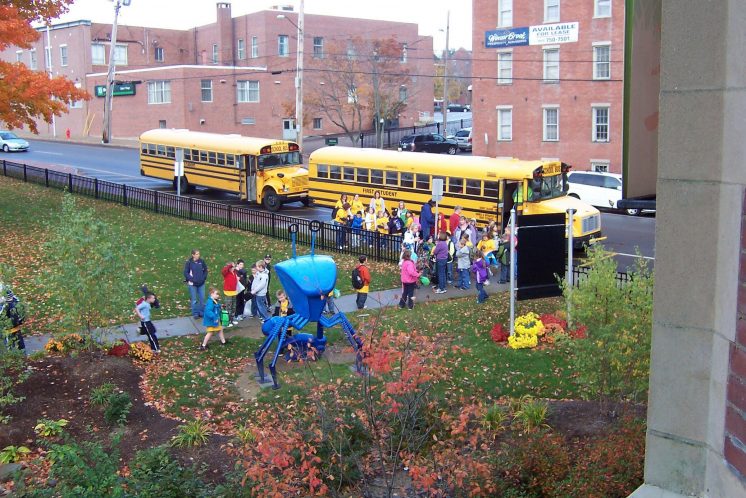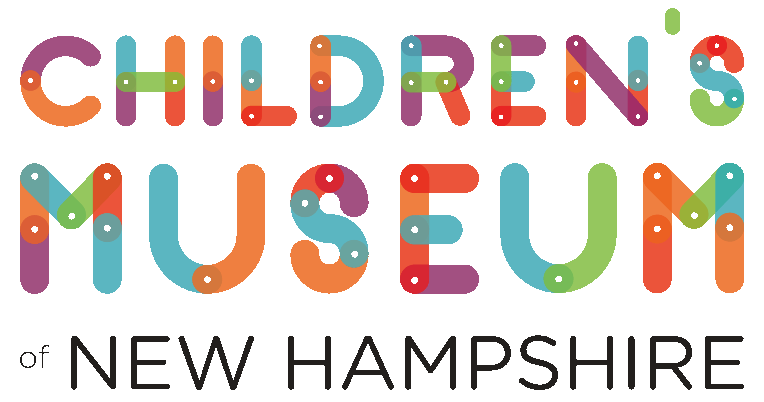The Museum Blog
Category: Museum
Lincoln Financial Foundation Grant Supports NH Teachers

The Children’s Museum of New Hampshire has been awarded an $8,000 grant from the Lincoln Financial Foundation to support three educational opportunities for New Hampshire’s struggling schools and underserved students. This grant will allow the Children’s Museum of New Hampshire to offer free school trips to the Museum (Museum InReach or MIR), more Focused Group Visits (FGV) as well as Traveling Focused Group Visits (TFGV) all of which were designed to respond to educators’ requests for more in-depth curriculum-based experiences.
“We recognize that schools and educators are struggling to access curriculum-based experiences for their students,” explained Paula Rais, Vice President of Development and Community Engagement at the Children’s Museum of NH. “We’ve developed these programs to not only help bring the students here to the Museum where they can experience our unique educational exhibits and programs, but also to help bring our knowledge into their classrooms.”
FGV and TFGV are flexible and portable learning experiences for pre-K through 5th grade students that explore art, science, history, ecology and world cultures, all of which align with state and national educational standards. These programs are based in STEAM education, an expansion of STEM learning concepts that integrate the arts into technology, math, engineering and science.
One hundred 1st grade students from McDonough School in Manchester, NH visited the Children’s Museum of NH recently as part of the Museum InReach program. “Thank you for letting us go on a field trip for free,” said Zachary. “My favorite part was the mind ball, kitchen and submarine.” The response from teachers has been equally positive. “As teachers, we really appreciate when students are involved and engaged,” said one teacher after her students participated in a Focused Group Visit. “The Physics of Flight program ties in beautifully with our curriculum.”
